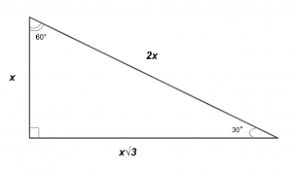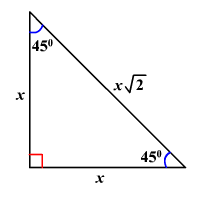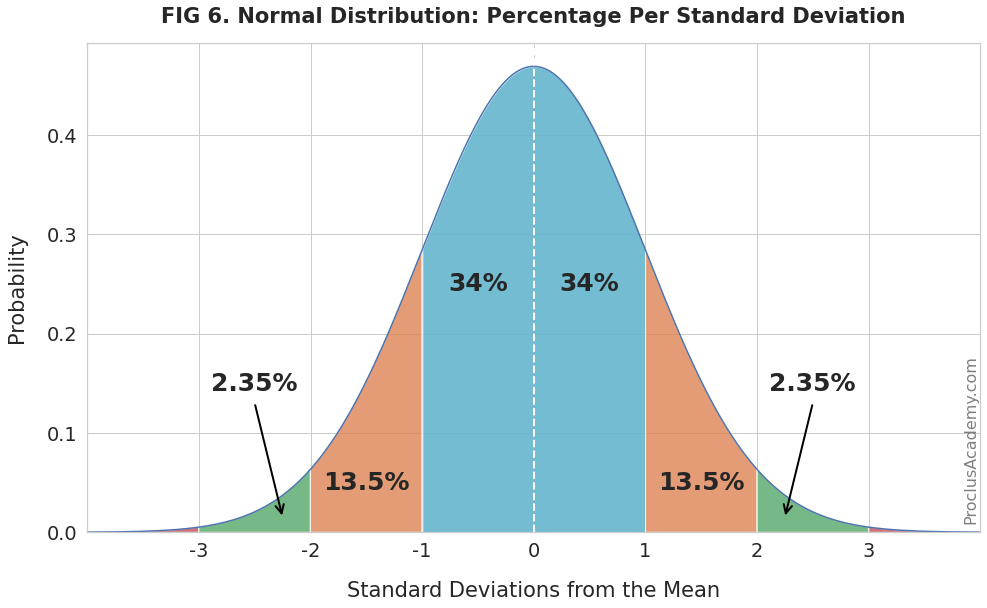Honors Algebra 2 Review
Exponential Growth
A=P(1+r)^t
Exponential Decay
A=P(1-r)^t
1/44
There's no tags or description
Looks like no tags are added yet.
Name | Mastery | Learn | Test | Matching | Spaced |
|---|
No study sessions yet.
45 Terms
Exponential Growth
A=P(1+r)^t
Exponential Decay
A=P(1-r)^t
Compound Interest
A=P(1+r/n)^nt
Half-Life Formula
A=P(1/2)^t/h
Continous Growth
A=Pe^rt
Product Property of Logarithms (Log(b) mn)
Log(b)m + Log(b)n
Quotient Property [log(b)m/n]
Log(b)m-log(b)n
Power Property log(b)m^n
nlog(b)m
Change of Base log(b)a
[log(x)a]/[log(x)b]
Sine
y/r
Cosecant
Opposite of Sine r/y
Cosine
x/r
Secant
opposite of cosine r/x
Tangent
y/x
cotangent
opposite of tangent x/y
What is the term for trig func in each quadrant (each one includes reciprocals of the other)
All Students Take Calc
30 60 90 triangle

45 45 90 Triangle

Sin/Cos
Tan
Cos/Sin
Cotangent
1/sin
csc
1/cos
sec
1/tan
cot
sin²+cos²
=1
1+cot²
csc²
tan²+1
sec²
n(A or B)
n(a)+n(b)
nPr
n!/(n-r)!
nCr
n!/(n-r)!r!
Confidence Interval
sample mean +- z*(standard deviation/square root of n)
90% (z*)
z* 1.64
95% (z*)
z* 1.96
99% z*
z* 2.58
margin of error
+- z*(standard deviation/square root of n)
z*
[x-mean]/standard deviation
Arithmetic Explicit
A(n)=a(1)+d(n-1)
Finite Sum Arithmetic
S(n)=n/2 * [a(1)+a(n)]
Geometric Explicit
A(n)= A(1) * R^(n-1)
Finite Sum Geometric
S(n)= [A(1) * (1-r^n)] / 1-r
Infinite Geometric Sum
s(Infinity) = a(1) / 1-r
Circular Permutation (All)
n!/n
Circular Permutation (Some)
nPr/r
Key-Ring/ Bracelet Permutation (All)
n!/2n
Key-Ring/ Bracelet Permutation (Some)
nPr/2r
Normal Distribution Graph
